#kaltenbach
Explore tagged Tumblr posts
Text

View of Kaltenbach, Baden-Württemberg, Germany
German vintage postcard
#briefkaart#photography#vintage#tarjeta#postkaart#postal#baden#photo#kaltenbach#wrttemberg#postcard#historic#carte postale#germany#view#ephemera#baden-württemberg#german#sepia#ansichtskarte#postkarte
11 notes
·
View notes
Text
Natürlich ist Matilda lesbisch. Sie ist Yuristin.
5 notes
·
View notes
Note
Hello! Since you're tumblr's Marie Sophie expert, I was wondering if you've read Lorraine Kaltenbach's Le Secret de la reine soldat: L'extraordinaire soeur de Sissi and in case you have, if you recommend it. It focuses on Marie Sophie's supposed illegitimate daughter; personally I find this story hard to believe and iirc so do you, but Kaltenbach apparently visited several archives around Europe to do her research, so maybe she did find something new.
Hello! Ughh that book. I have a confession to make: years ago I started reading it because well, it's about the alleged illegitimate daughter, if the author really found something about it then it's worth reading it. But I couldn't finish it because it was so badly researched it made me loose all my patience. Kaltenbach is not a historian and it shows:
She dedicates long parragraphs to describe what was she doing and how was she feeling while "researching".
Most of her sources are just newspapers. I'm not against citing newspapers by any means but the way she did Is Not It. With no context given and taken 100% at face value.
But what made me loose it is when she finally reached to the the alleged affair and I realized her main source for it was... Marie Larisch's 1930s books. I kid you not. All that "brand new information" and "uncovering secrets" talk and she was literally just quoting Larisch's gossips as literally everyone else who ever approached the subject.
At that point I gave up and went straight to the part of the alleged daughter, Daisy de Lavaysse. Here's what I'll say on Kaltenbach's defense: this girl seems to have actually existed. She (allegedly) found her death certificate in Paris, the act of recognition by her father, and her baptism certificate in Bavaria. Now she doesn't actually show any of these documents on her book, however someone on Geneanet uploaded this picture on Daisy's page:

This is the supposed death certificate. No need to decipher the writing, this is what it says, quoted by Kaltenbach:
Lavaÿsse-Châteaubourg. Acte n° 39. L'an mille huit cent quatre-vingt- six, le 7 janvier à onze heures du matin, acte de décès de Marie Louise Élisabeth Mathilde Henriette de Lavaÿsse-Châteaubourg, âgée de vingt-deux ans et dix mois, sans profession, née à Munich (Bavière), décédée en son domicile rue des Mathurins, nº 47, le six janvier courant à neuf heures du matin, fille de Charles Felix Emmanuel de Lavaÿsse-Châteaubourg, décédé, et de mère non dénommée, célibataire. Dressé vérification faite du décès par nous, Jérémie Kastler, adjoint au maire, officier de l'état civil du 8e arrondissement de Paris, chevalier de la Légion d'honneur, officier d'Académie, sur la déclaration faite de Georges Adrien Sol de Marquein, âgé de quarante-deux ans, propriétaire, demeurant à Paris, rue de Lisbonne, n° 49, ami de la défunte; et de Henry de Gineste-Najac, âgé de quarante-sept ans, propriétaire, demeurant à Paris, avenue d'Antin, nº 18, ami de la famille, qui ont signé avec nous après lecture.
Translation:
Lavaÿsse-Châteaubourg. Act No. 39. In the year one thousand eight hundred and eighty-six, on January 7 at eleven o'clock in the morning, death certificate of Marie Louise Élisabeth Mathilde Henriette de Lavaÿsse-Châteaubourg, aged twenty-two years and ten months, without profession, born in Munich (Bavaria), died at her home rue des Mathurins, no. 47, on the current January 6 at nine o'clock in the morning, daughter of Charles Felix Emmanuel de Lavaÿsse-Châteaubourg, deceased, and of an unnamed mother, unmarried. Cerification of the death made by us, Jérémie Kastler, deputy mayor, civil registrar of the 8th arrondissement of Paris, knight of the Legion of Honor, officer of the Academy, on the declaration made by Georges Adrien Sol de Marquein, aged forty-two, owner, residing in Paris, rue de Lisbonne, n° 49, friend of the deceased; and Henry de Gineste-Najac, aged forty-seven, owner, residing in Paris, avenue d'Antin, n° 18, friend of the family, who signed with us after reading.
Let's assume the certificate is legitimate. Why didn't she include it on her book? Why the only picture of it is in a genealogy website and seems taken almost in a hurry?
The strongest evidence Kaltenbach does provide in her book are these two alleged pictures of Daisy she claims were on her grandmother's possesion:


Which she puts next to this picture published by Marie Larisch (left) in one of her books, with a girl that allegedly was Daisy (right):

And I'll give her this: these two pictures do seem to be from the same person.


I'm going to be nice and assume that Kaltenbach indeed found all the evidence she claims she did (because again, she does not provide any of the documents that would actually support her claims). What did she found out? That a distant relative of her had an illegitimate daughter born in Bavaria in 1863. That's it. Everything else is pure speculation. Nothing she provides proves that Marie was Daisy's mother. Absolutely nothing. She just speculates for dozens of pages, most of the time making up a story that fits nicely into what she already believed even before starting her research.
Maybe the author was genuinely onto something, perhaps Daisy was an illegitimate daughter of a member of the House of Wittelsbach. Perhaps she was Marie's daughter after all! But she clearly had no idea on how to properly investigate the subject, and because of that any sort of credibility her evidence could have became damaged. She should've delegated the research to a real historian and written a novel instead.
#in order to answer this ask i skimmed through some chapters again and came across a part in which kaltenbach openly admits that#she postponed going through her family papers for weeks because she felt lazy jfjkg this was when she had already started her ''research''!#anyway perhaps one one day i'll read this book fully for completionist purposes#asks#queen marie sophie of the two sicilies#author: lorraine kaltenbach#Le secret de la reine soldat: L'extraordinaire soeur de Sissi
5 notes
·
View notes
Photo

»Im Zillertal«
Alpengasthaus Kaltenbacher Schihütte 1800 m,
Blick ins Zillertal und Inntal mit Rofangebirge
2 notes
·
View notes
Text

A la fois pudique, spectaculaire par sa rigueur, et premier film très réussi, #leravissement par son titre à double signification décrit avec justesse, douceur et discrétion la riche et complexe nature humaine.
www.cinecritk.com
1 note
·
View note
Text
Hello, metalworking enthusiasts, and welcome back to another episode of "Metalworking Marvels." I'm your host, Jane, and today we have something truly exciting in store for you. We're diving into the world of advanced metalworking machinery with a spotlight on the Kaltenbach KKS 401. Our journey takes us to Equipdom, a company that's making waves in the industry from its headquarters in Rotterdam, the Netherlands. Continue Reading Please visit us at:- https://equipdom.com/product/kaltenbach-kks-401-27524
1 note
·
View note
Text
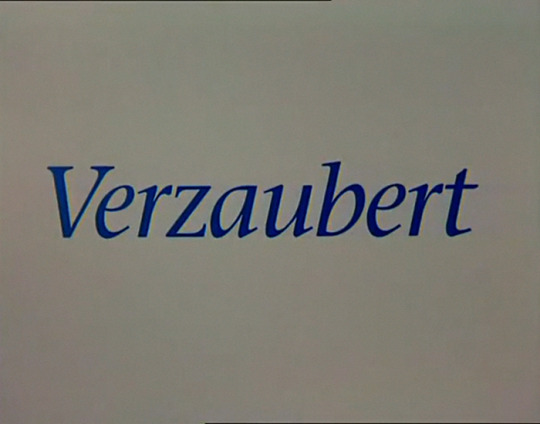



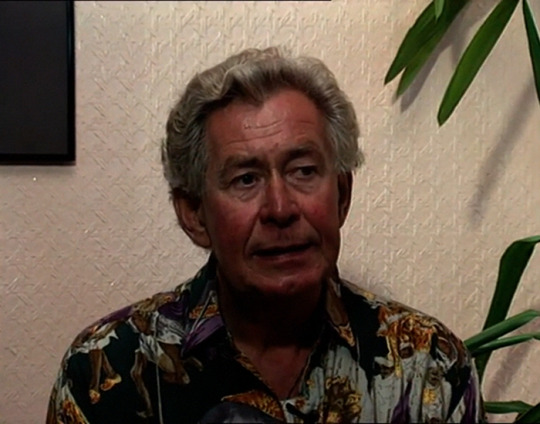
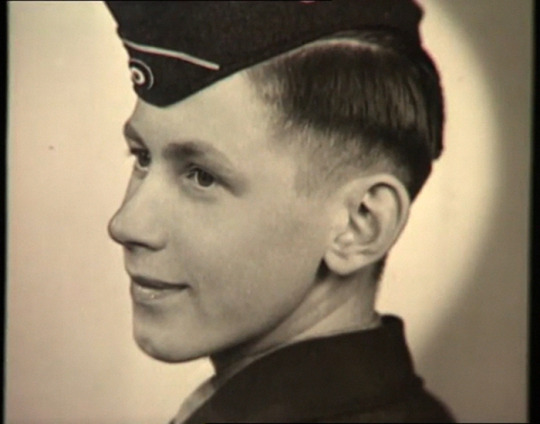
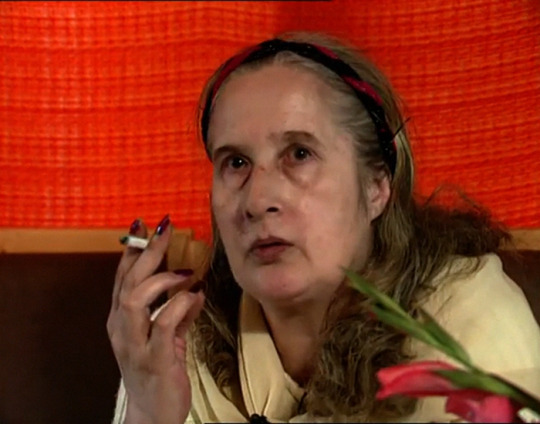
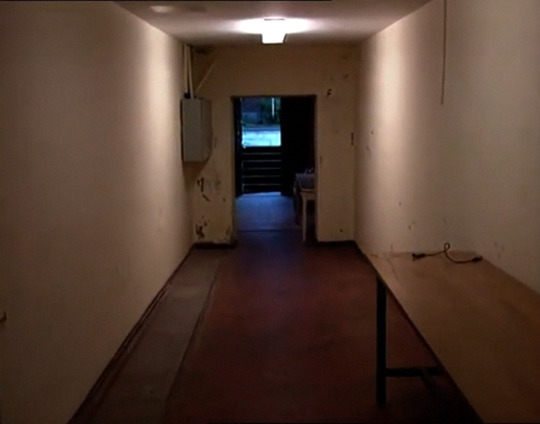
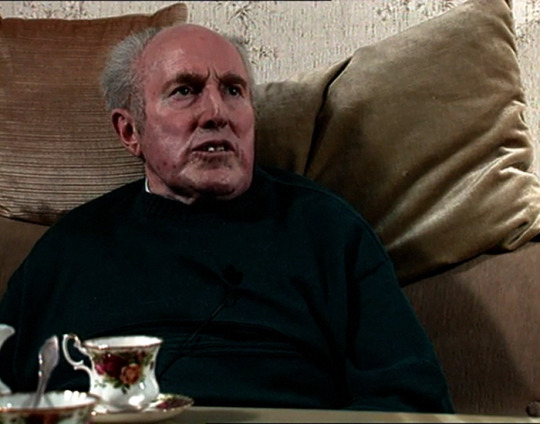
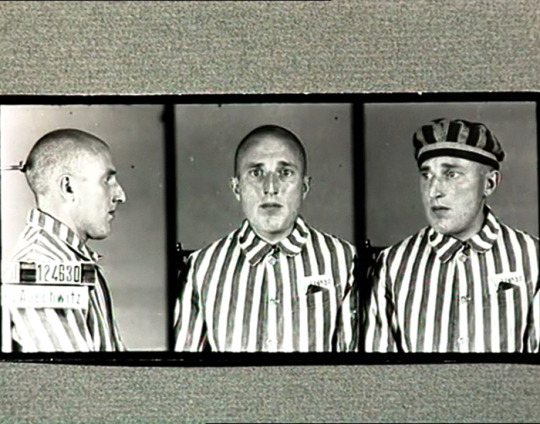
Verzaubert Jens Golombek, Dirk Hauska and others Germany, 1993 ★★★ Lovely and tragic, as these things go.
#Verzaubert#Jens Golombek#Dirk Hauska#Sylke Jehna#Claudia Kaltenbach#Ulrich Prehn#Johanna Reutter#Katrin Schmersahl#Dorothee Van Diepenbroick#Jörg Fockele#documentary#1993#1990s#photoset#title card#youtube#Enchanted
1 note
·
View note
Text

1 note
·
View note
Text
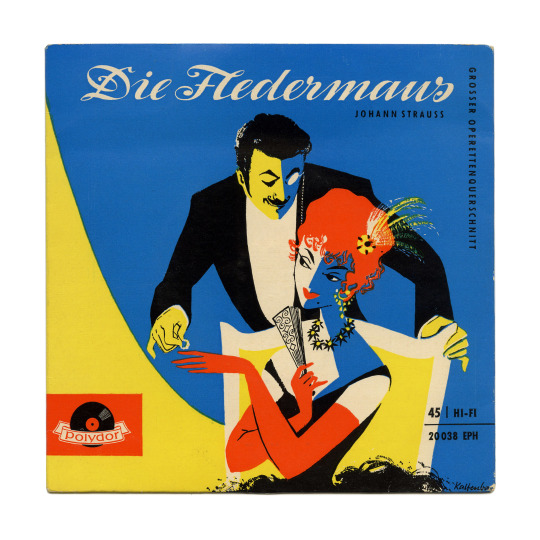
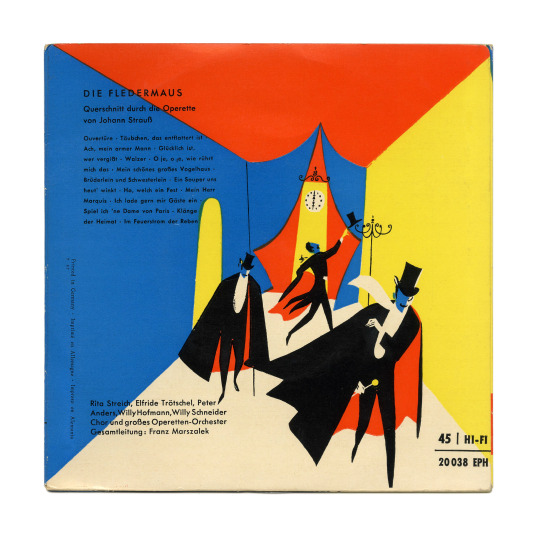
Johann Strauss: Die Fledermaus Ein Großes Operetten-Orchester Franz Marszalek Polydor Records/Germany (1957)
Illustration by Irma Kaltenbach-Seidat
75 notes
·
View notes
Text
For those that are following the story of Alexandra Kettler and Konrad Kaltenbach, a new chapter is up. The original story was actually about Reinhard Heydrich and is still out there somewhere. This is a similar story, and the name has been changed to protect that was never been innocent in his adult life and doesn't deserve a freaking redemption story. Reinhard Heydrich was a piece of trash and always will be. Murderer of millions he does not deserve a redemption. That's between him and his god.
#reichblr#wwii era#ww2 history#wwii#ww2#ww2 germany#wwii germany#3rd reich#heydrich#reinhard heydrich
7 notes
·
View notes
Text
Anyway, I think Zoe and Matilda should fuck
6 notes
·
View notes
Text






It's a boy! I've called him Sebastian, because I thought Basti Kaltenbach sounded cute. Looks like he's got Erin's blonde hair.
#moyokean#hood:stlft#sims 2#ts2#the sims 2#thesims2#sims 2 gameplay#sims 2 pictures#sims 2 strangetown#strangetown
13 notes
·
View notes
Text
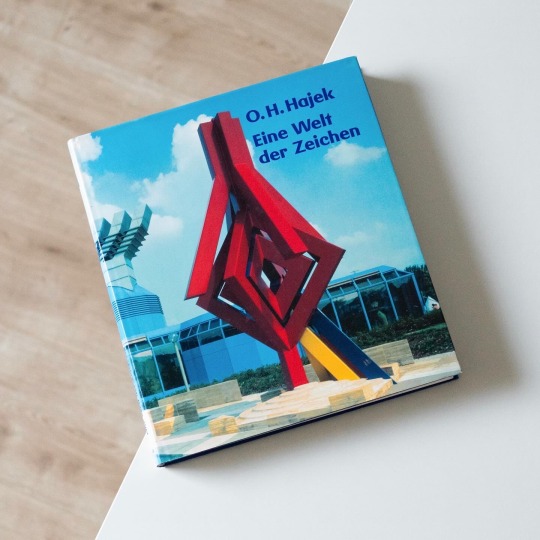
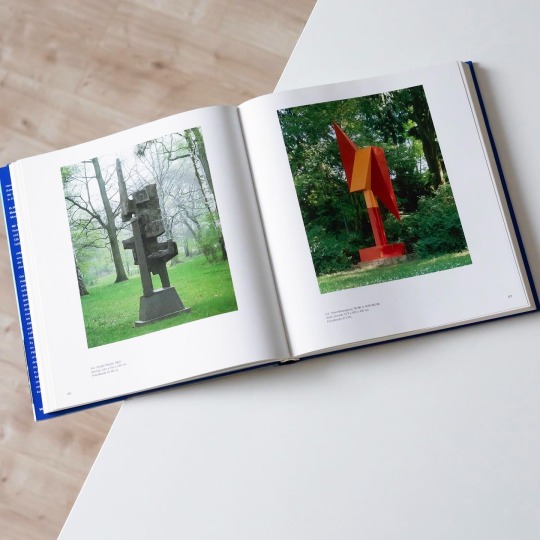
The works of German artist Otto Herbert Hajek certainly belong to the inventory of public art in (West-) Germany. His often large and colorful geometric sculptures might leave passersby puzzled but rarely indifferent and incisively mark the surrounding space. In 2000 the Bundeskunsthalle Bonn showed the well-deserved retrospective „Eine Welt der Zeichen“ which offered an all-encompassing overview of Hajek’s massive oeuvre. The present catalogue accompanied the exhibition and besides Anuschka Koos’s catalogue raisonné features five essays providing different readings of Hajek’s oeuvre: Eugen Gomringer for example addresses the obvious relation of Hajek and concrete art but reveals that Hajek didn’t quite as decidedly eliminate the individual handwriting in his works. Jiri Vykoukal in turn elucidates the traces of Czech constructivism in Hajek’s art (Hajek was born in Kaltenbach, now Nove Hute in the Czech Republic) and together with Peter Anselm Riedl’s essay about Hajek’s position in contemporary art (and his democratization of it) offers fresh perspectives on the artist’s work. Against the background of a renewed interest in the public art of the last 50+ years a fresh reading of its positions is imperative and in the case of O.H. Hajek reveals an attitude towards art that is devoted to space and the human being.
#otto herbert hajek#art book#exhibition catalogue#art history#abstract sculpture#abstract art#book#public art
30 notes
·
View notes
Text



'9 at Leo Castelli'
Castelli Warehouse, New York
December 1968
Installation views
This installation was the first to present the work of Arte Povera artists Anselmo and Zorio in New York alongside that of other international artists. '9 at Leo Castelli' organized at Robert Morris' suggestion, also included Bill Bollinger, and Eva Hesse, Stephen Kaltenbach, Bruce Nauman, Alan Saret, Richard Serra and Keith Sonnier. While all the other artists shared a post-minimal aesthetic and created soft, anti form shapes. Anselmo and Zorio also used processes go physical or chemical transformation, and Anselmo's Senza titolo (Untitled). 1968, comprised a piece of cotton that absorbed water from a steel bin. Zorio's Piombi (Lead weights), 1968, was made up of two shallow lead containers in a corner of the gallery connected by an arched copper rod. One contained copper sulphate, the other hydrochloric acid. In time, crystals formed at each end of the rod, gradually growing toward one another.
-from "Arte povera edited by Carolyn Christov-Bakargiev" Phaidon
#contemporary art#art#art contemporain#giovanni anselmo#zorio#arte povera#installation#artwork#new york#1960s
4 notes
·
View notes
Text
9 notes
·
View notes
Text

Stephen Kaltenbach, Portrait of My Father, 1972–79. Acrylic on canvas, 114 x 170-3/4 inches
3 notes
·
View notes